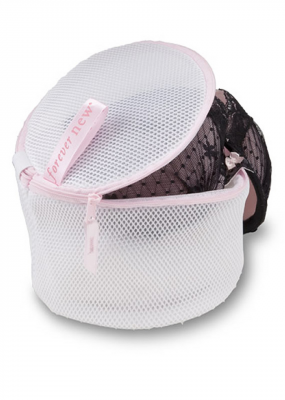Obviously oral health is only one part of health and for overall health the debate is on. And dry food has some bad effects for dental health as mentioned in the same study. Not to encourage or discourage any diet but...
I finally made Hima eat mostly wet food. She eats wet throughout the day and only eats dry at night. Recently I noticed she had wet food bits on her gum line, closer to the outside of her mouth. At least one hour AFTER she was done with breakfast. I'm not sure if it's because she fails to clean it and it's more of a problem with her than generally about cats but it supports the idea it's not that dry food cleans the teeth necessarily but wet food is riskier/more effort consuming for dental care by staying right on the teeth and gum for a longer time, and presumably by going higher up to the gums. And maybe with their acidity level.
Then I read some more recent studies and found this 2015 one: The Choice of Diet Affects the Oral Health of the Domestic Cat
I finally made Hima eat mostly wet food. She eats wet throughout the day and only eats dry at night. Recently I noticed she had wet food bits on her gum line, closer to the outside of her mouth. At least one hour AFTER she was done with breakfast. I'm not sure if it's because she fails to clean it and it's more of a problem with her than generally about cats but it supports the idea it's not that dry food cleans the teeth necessarily but wet food is riskier/more effort consuming for dental care by staying right on the teeth and gum for a longer time, and presumably by going higher up to the gums. And maybe with their acidity level.
Then I read some more recent studies and found this 2015 one: The Choice of Diet Affects the Oral Health of the Domestic Cat
I thought you guys would like to see too if you haven't already. (A side note I will not change Hima's diet. She's awful at drinking water and kidney damage is worse than dental issues. But I will probably go back to giving her dental treats or a few kibbles after wet food if she doesn't play with her dental toys.)Conclusions:
Cheek teeth (molars and premolars) are more susceptible to poor oral health than other teeth, independent of the age of the cat. It is important to prevent oral health deterioration from an early age with special attention paid to the cheek teeth. The diet of a cat needs to be considered holistically, paying particular attention to its nutritional value, but the texture of the food is shown to play an important role in oral health, with wet canned food providing the least benefit to oral health.









